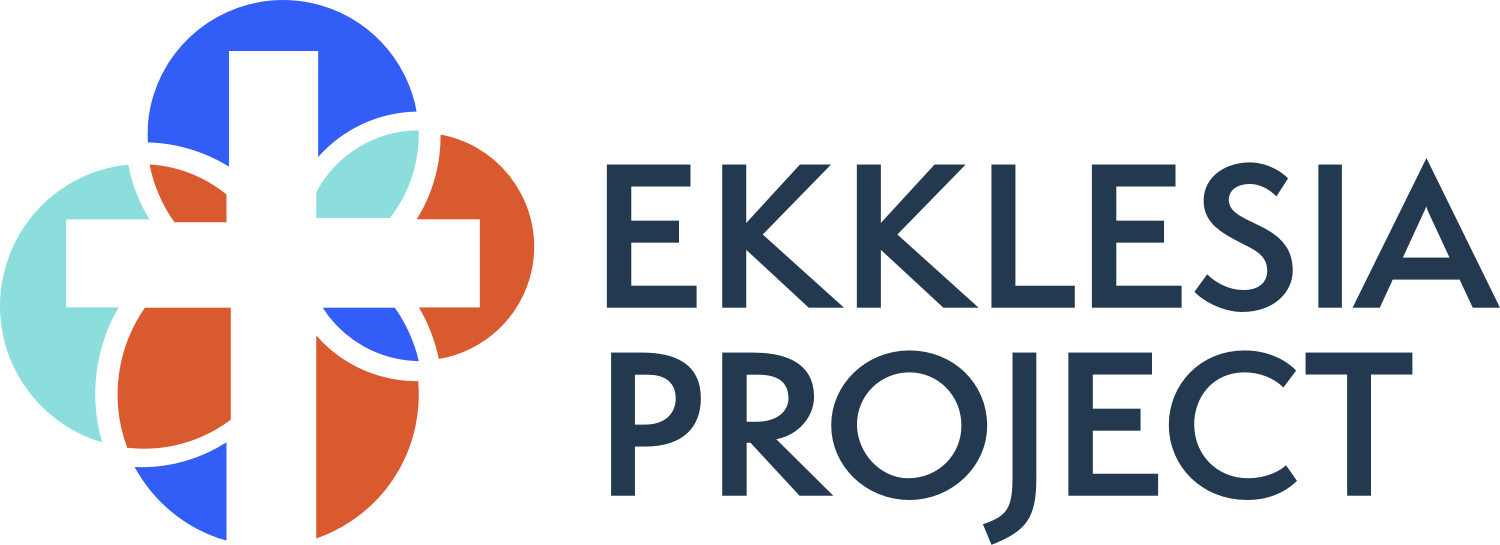Mary's Topsy-Turvy Vision
Fourth Sunday of Advent
Luke 1:39-55
In her hymn, Mary has a personal understanding and clear vision that God’s work in the world is a sort of topsy-turvy force that contradicts the power and privilege of human-created structures. God’s “great things” include scattering the proud, bringing down the powerful/lifting the lowly, satiating the hungry/sending the rich away empty.
Mary also recognizes that God’s commitments are a continuation of the promises God made to Abraham and his descendants forever. So, along with Mary, we have opportunity to see God’s work in the world today and name it. We can also enact the topsy-turvy of equity and justice along with God and Elizabeth, who bucks her own society’s mores to welcome and honor one of her society’s lowliest: a young, unmarried, pregnant woman traveling alone.
Our work is cut out for us. This country, which actively undermined from its conception the tenet of “justice for all,” continues to move in the polar opposite direction from Mary’s vision. We work counter to God as long as we continue to endorse governance and financial systems that concentrate even further wealth, resources and power into the hands of fewer. Mary’s vision reminded me of a conference I attended recently, where the keynote, Vu Le, spoke on equity, diversity and inclusion in non-profit operations and fundraising. Along with Mary and Elizabeth, Vu challenges us to ask different questions.
“What do you want for Christmas?” is a ubiquitous question this time of year. Many people of faith make the move from the self-centered consideration to include the others-oriented question, “What can I do for others this Christmas?” Answers often include making a year-end donation in honor of a loved one, buying gifts for children in other families, volunteering to serve a meal at a Community Kitchen, collecting socks for the residents of a homeless shelter, etc. These gestures of charity are necessary to meet the basic needs of people in crisis. They also aren’t enough.
Vu articulated a vision that may be uncomfortable, especially for those of us privileged enough to access enough resources to meet our own needs. He prompted us – as individuals and organizations - to consider the question, “What are you willing to give up?” in service of building stronger communities. Relatedly, we must ask, "What systems need to change, and how are we complicit in systems that perpetuate injustice?"
I work for a non-profit that confronts the causes and responds to the effects of poverty in our community. In addition to Social Justice, another of our values includes Community Power, which we define as “Everyone benefits when those experiencing the problem lead us toward solutions.” I don’t think it’s any surprise that being close to those whom the world considers lowly means seeing more clearly - and being convicted by - a lot more of the topsy-turvy of equity.
The Meeting of the Minds is a group of our members and residents who are experiencing homelessness and/or who have very low incomes. They meet monthly and have identified advocacy priorities, the lack of which affects them most: affordable housing, accessible transit and living wage jobs. Last fall, shelter residents made public comment at a Town Council meeting to advocate for affordable housing on a tract of land owned by the Town. It was a powerful experience.
How we enact justice looks differently depending upon our social position, i.e. whether we are primarily privileged or disprivileged by the generational effects and continued conveyance of systemic racism.
For those for whom this work happens in the cloak of white skin, on a full belly, in weather-appropriate clothes, and from the comfort of a temperature-controlled home (like me), you might consider:
• Choosing not to engage your own privilege to obtain power, even if you’re doing it for the
“right” reasons. See www.canyounot.org
• And pertinent to this time of year: peruse this list or explore options in your community.
• If you want to make donations, here’s a chance to enact the topsy-turvy: Equity
fundamentally involves distribution of resources, and something like 90 percent of grant
funds in the US are funneled from white-led foundations to white-led organizations. (We
could talk for a long time about where those concentrations of wealth came from.) Vu Le
argues that an equitable approach would dictate that the most funding should go to
organizations led by those most affected by inequity. Do with that what you will.
Working for justice and equity is big and overwhelming, underfunded and exhausting, even though God is with us in it. As we wait yet again for Emmanuel to break into our world as one of the lowliest - a homeless, refugee infant - I hope that these musings and hopeful examples a la Mary’s vision inspire you to seek out those in your own community and encourage you to enact God’s justice for all.
Image Credit: Virginia Wieringa

